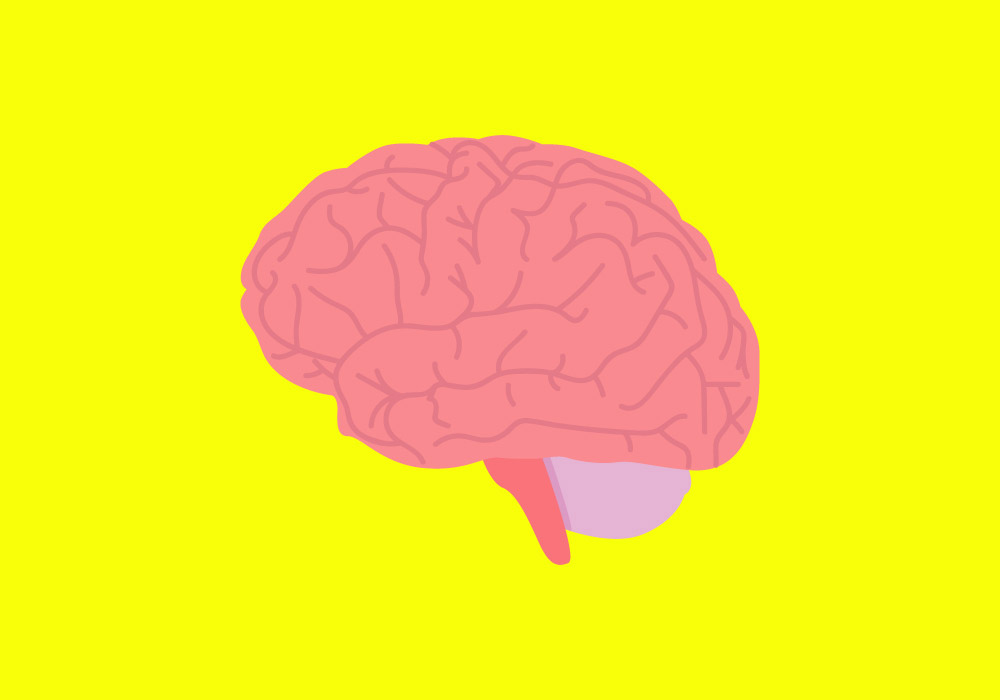
What exactly happens to the brain on psychedelic drugs? A small new study, published in the journal Current Biology, peeked inside the brains of 15 people during an acid trip and found brain-scan backup for a popular drug cliche: that the tripper feels at one with the universe.
Fifteen healthy people, who were experienced users of lysergic acid diethylamide, or LSD, came twice to a lab in London. (LSD is illegal in the UK, but it’s possible to use it in research with special permissions.) Once, they were injected with a small amount of LSD (75 micrograms); the other time they received a saline placebo. After an hour, to let the effects settle in, they got into an fMRI brain scanner, which captured images of what went on in their brains.
The researchers asked the people to rate their mood changes—getting answers like “I’m tripping like crazy” or “nothing is happening”—their visual distortions and their intensity of ego dissolution: a loss of self-identity and sense of connection to the environment outside of oneself that reportedly happens to people when they take LSD, which is illegal in the United States. “You don’t recognize yourself as a separate being from the universe,” says study co-author Enzo Tagliazucchi, a neuroscientist at the Royal Netherlands Academy of Arts and Sciences in Amsterdam. “It feels, in a way, like transferring the consciousness from within your body to the outside world; the focus is in the objects that surround you rather than inside.” Tagliazucchi and the team wondered if they could find some changes in the brain related to this feeling of ego dissolution.
When they looked at the regions of the brain involved in introspection, or thinking about oneself, and sensory areas that perceive the outside world, they found that these networks were communicating more intensely than usual. “When we measured the brains of subjects who were really blown away by LSD, who had a really strong feeling of ego dissolution, they were also the ones who had the strongest increase in communication between the network of regions in charge of introspection and the network of regions in charge of perceiving the external world,” Tagliazucchi says.
In another neuroimaging study published earlier this week in the journal PNAS—conducted by many of the same authors, including Tagliazucchi—the researchers found that LSD changes visual information in the brain. While people are on acid, they start to see activity going on in the brain, which is normally suppressed from perception, Tagliazucchi explains. The ability to see this internal activity is likely responsible for hallucinations and visual distortions on LSD, he says.
Tagliazucchi acknowledges that more research is needed—not just to provide biological evidence for the reported experiences of people on acid, but to explore a potential therapeutic approach for people with anxiety or depression. Instead of taking a pill every day to change brain chemistry, he says, it’s possible that psychedelics could provide a few hours to break out of constricted thought patterns. “If you combine this with psychotherapy during that window, you have this chance to reflect on things that your depression normally wouldn’t allow you to focus on,” he says.
We’re a long way from acid-assisted therapy going mainstream; LSD research like the kind in London is only legal in a handful of places around the world, and the science is still in very early stages. “Now is the first time we have both fMRI machines and clearance to do experiments with LSD,” Tagliazucchi says.
More Must-Reads from TIME
- Donald Trump Is TIME's 2024 Person of the Year
- Why We Chose Trump as Person of the Year
- Is Intermittent Fasting Good or Bad for You?
- The 100 Must-Read Books of 2024
- The 20 Best Christmas TV Episodes
- Column: If Optimism Feels Ridiculous Now, Try Hope
- The Future of Climate Action Is Trade Policy
- Merle Bombardieri Is Helping People Make the Baby Decision
Write to Mandy Oaklander at mandy.oaklander@time.com